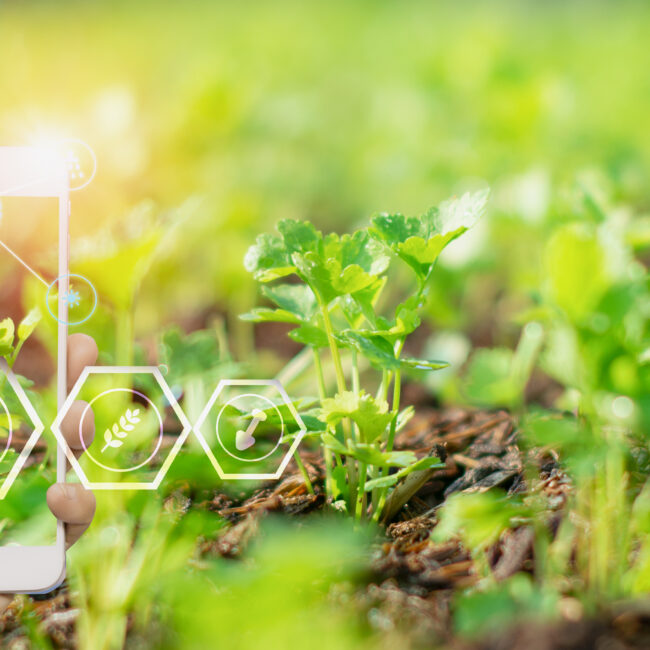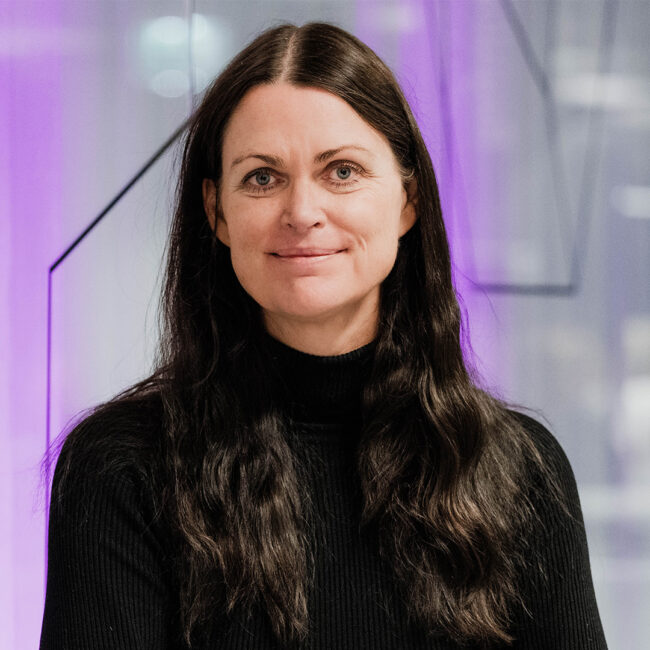Circularity for nutrients and food production

In this project, we will evaluate different methods for the reclamation of wastewater as well as extraction of nutrients and for use as irrigation and fertilization in food production in a vertical farm.
One of our biggest challenges in sustainability and circular societies is dealing with the ever-increasing demand that agriculture and natural resources must meet the needs of the growing population. In this sub-project, we want to develop methods for recycling water and nutrients from various fractions of society, e.g., wastewater, sewage sludge, and organic waste.
These waste streams can potentially contribute to supplying food production with water as well as nutrients. Some fractions have a high nutrient content, but effective techniques for extracting the nutrients (for example, nitrogen and phosphorus) and returning them to food production are lacking today.
Creating circularity and traceability for nutrients in food
We will evaluate different techniques for the reclamation of wastewater and extraction of nutrients from different waste streams. For example, we will carry out several experiments where we study different adsorption methods with different filter materials as well as pyrolysis and hydrothermal carbonization of biomass (HTC). Within the sub-project, we will construct a testbed in our university laboratory and a vertical farm located in DN-Skrapan in Stockholm. The supply of nutrients and water will be optimized so that the content of nutrients in the irrigation corresponds to the crop’s needs.
We will evaluate methods for tracking and characterizing different waste streams. For this part, we will use real-time-based sensor technology with a so-called “multispectral camera”. The camera measures the reflectance of different subjects, creating signals within specific wavelength spectra. We can translate these signals into interpretable characteristics, e.g., protein content, moisture content, growth, and the presence of plant diseases.
The goals of the subproject are to:
- Find safe methods for reclamation and recovery of wastewater and nutrient.
- Use the extracted nutrients in local food production. Since about 50 percent of fruit, vegetables, and herbs today are imported from, e.g., Spain, increasing the domestic cultivation of these crops is of high priority. Sweden’s climate makes it difficult to grow these outdoors, so urban cultivations indoors will probably become more important in the future. Within the project, we will create a closed cycle by reusing nutrients from the waste chain for local food production. Local crops are more nitrogen-efficient and can reduce the large losses that occur in today’s conventional agriculture. Therefore, it is important to evaluate which fruits and plants are most suitable and has the greatest potential to be produced in local cultivation systems and which can be strategically (may be market dependent) or environmentally best to focus on.
- Convert organic material via thermal processes, such as hydrothermal carbonation, to nutrients (especially nitrogen) and process heat, which can then be reused.
- Track nutrient content and any contaminants in the organic material upstream. It is important to be able to calculate the nutritional value and thereby control and optimize fertilization. It is also essential to be able to detect any contaminants to add additional treatment measures if necessary.
Partners
Swegreen, Mälarenergi AB, Eskilstuna Energi & Miljö AB, and VafabMiljö.






